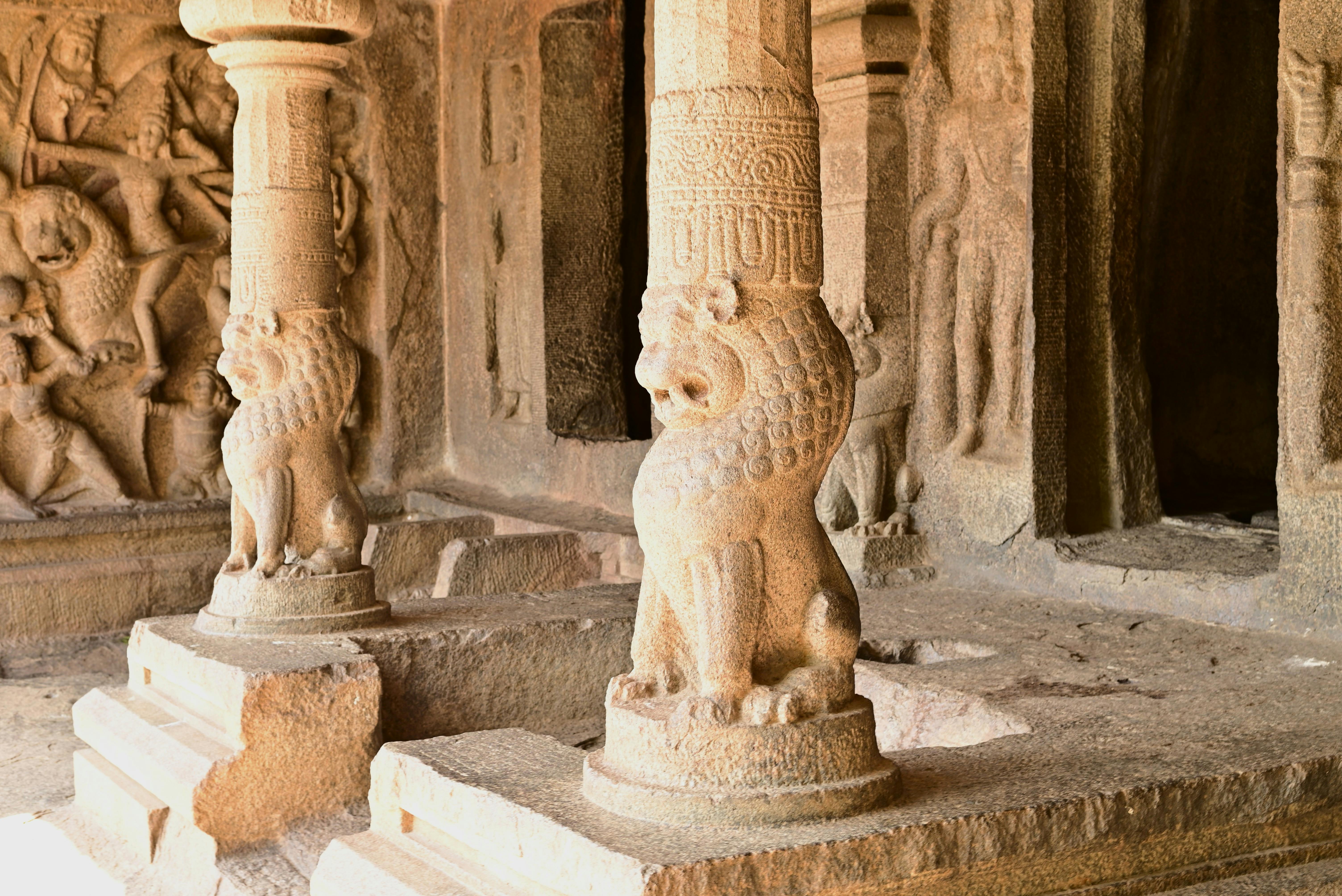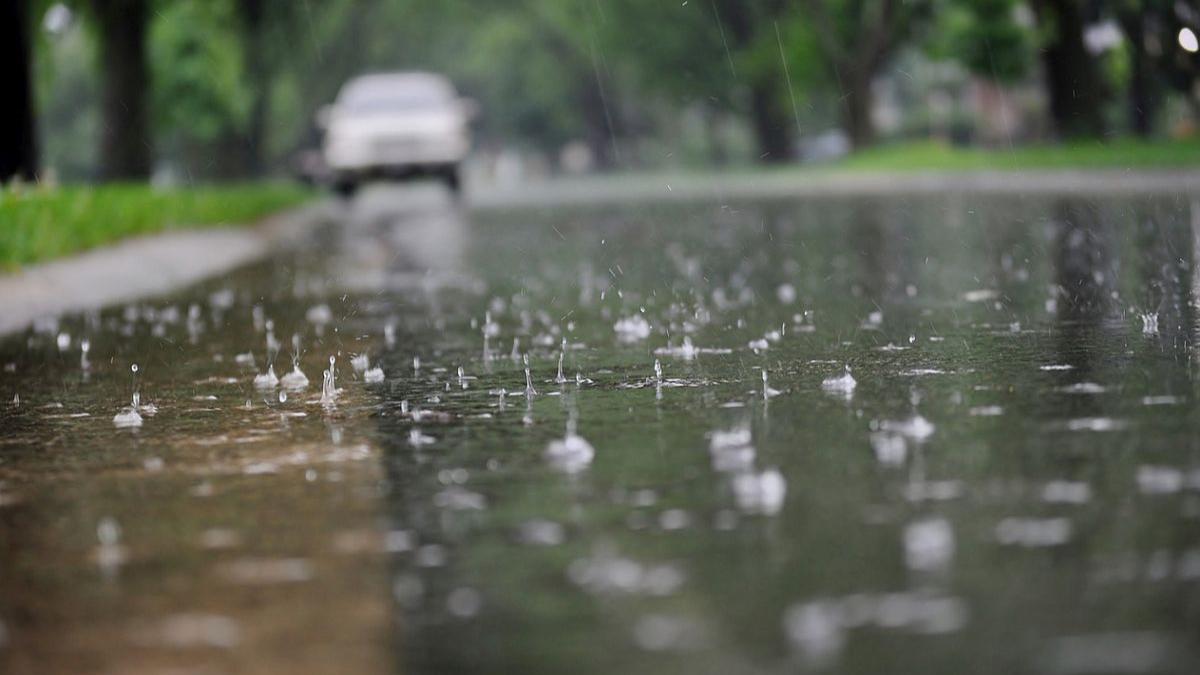Vanishing Past: Climate Change and Risk to Heritage Sites
There are 1,223 heritage sites around the world, and all of them are at risk from climate change.
By Ojas Khurana / Oct 4, 2024

Photo by Ankit Bhattacharjee: https://www.pexels.com/photo/exterior-of-an-ancient-building-24246707/
Climate change is weaving a narrative that could rewrite history. The looming spectre of climate change is not only eroding the natural landscapes but is also jeopardising the legacies of civilizations that have thrived for millennia. UNESCO reports indicate that one in three natural World Heritage sites and one in six cultural heritage sites globally are now at risk due to climate-related impacts.
The immediate risks to India's heritage are alarming. Coastal erosion threatens iconic sites like the Sundarbans, where rising sea levels and increased salinity affect unique ecosystems and their historical significance. Similarly, severe weather events have led to landslides in places like the Western Ghats, endangering ancient temples and monuments nestled within these regions. The interplay between cultural heritage and environmental stability is increasingly evident; as natural disasters become more frequent and intense, they not only destroy physical structures but also erase the intricate stories and traditions tied to them.
The relationship between these heritage sites and their environment is not just limited to carrying the past but also acts as a foundation for the future. They hold significant cultural and historical value while also playing a crucial role in combating climate change. According to a report by IUCN and UNEP’s World Conservation Monitoring Centre, natural World Heritage sites contribute to global climate stability by storing vast amounts of carbon and providing critical ecosystem services. Furthermore, two-thirds of natural sites on the UNESCO World Heritage List serve as crucial freshwater sources. Approximately half of these sites also play a pivotal role in disaster risk reduction, helping to prevent natural disasters such as floods and landslides. For example, the Sundarbans’ extensive 2,200-kilometer mangrove coastline offers vital flood protection to communities in India and Bangladesh. This natural barrier provides protection equivalent to an investment of approximately $300 million in man-made infrastructure.
Affected World Heritage Sites in India
Khangchendzonga National Park, Sikkim
Nestled in Sikkim, this park is not just a natural wonder but also holds cultural significance for local communities. Glaciers are melting at an alarming rate as temperatures rise, disrupting local ecosystems and threatening biodiversity. The unique flora and fauna that call this park home are increasingly vulnerable to extinction.
Sun Temple, Konarak
This architectural marvel dedicated to the sun god Surya is facing severe threats from coastal erosion and rising sea levels. The intricate carvings that adorn this temple are deteriorating due to increased humidity and flooding. If immediate measures are not taken, we risk losing not just a building but a vital piece of India's cultural identity. Increased repeated flooding events can exacerbate the damage to its intricate carvings and architecture.
Keoladeo National Park, Rajasthan
This bird sanctuary faces challenges from altered rainfall patterns and water availability, impacting its delicate ecosystem. Climate change can disrupt migratory patterns and threaten various bird species that rely on this habitat.
Sundarbans National Park, West Bengal
As a UNESCO-recognized biosphere reserve, the Sundarbans are particularly susceptible to rising sea levels and increased salinity, which can lead to habitat loss for both flora and fauna, including the endangered Bengal tiger. As habitats are lost, both wildlife and local communities dependent on these ecosystems are left vulnerable.
Churches and Convents of Goa
These historical structures reflect a unique blend of Indian and Portuguese cultures. They are at risk from increased humidity, flooding, and extreme weather events. The degradation of materials used in construction poses a long-term threat to their preservation.
As testaments to human creativity and resilience, such world heritage sites hold great importance. They illustrate the connections between culture and climate, revealing how these two realms are deeply intertwined and mutually dependent. World Heritage Sites, recognized by UNESCO for their "Outstanding Universal Value," serve as vital reservoirs of knowledge about sustainable practices that have persisted through generations. Their architecture, carvings, and ecosystems contain hidden secrets that can inform modern approaches to environmental stewardship. For instance, ancient irrigation systems found in sites like the Great Living Chola Temples in Tamil Nadu showcase traditional methods of water management that can inspire contemporary solutions to water scarcity exacerbated by climate change.
They are not just monuments or natural heritage sites; they embody the collective memory of humanity and offer guidance on how to navigate the complexities of a changing climate. Protecting them is not merely an act of conservation; it is a commitment to understanding our past to inform our present as we strive for a sustainable future.
Heritage Sites Extreme Weather Impacts Climate Change UNESCO

